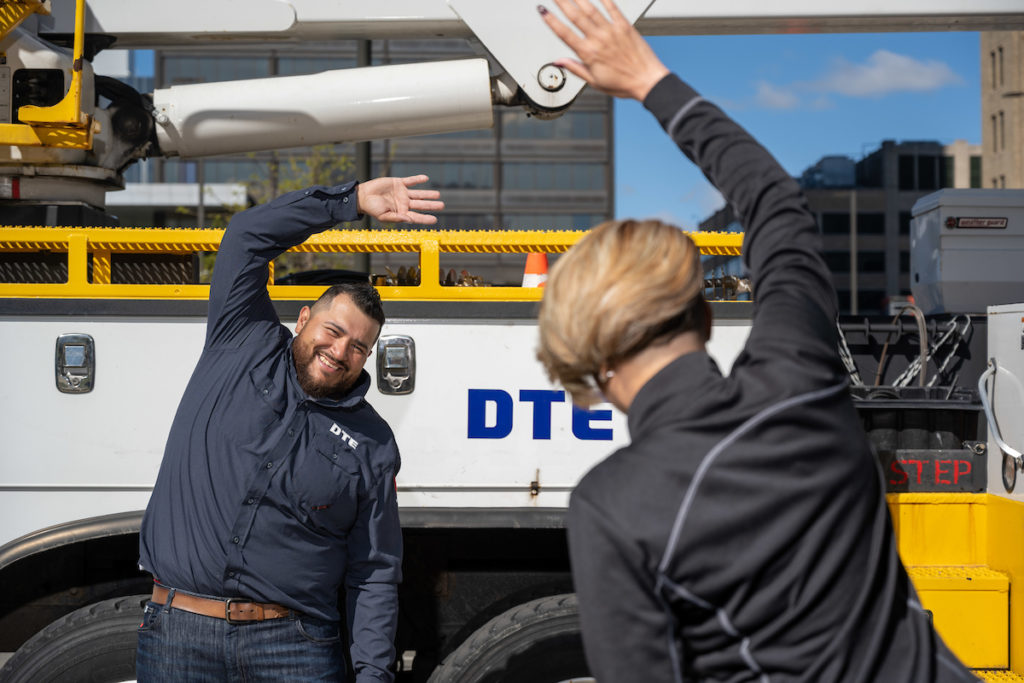
Why DTE is committed to becoming a best-in-class culture of health and wellbeing.
DTE Energy is committed to supporting the health and wellbeing of employees and the communities it serves. With more than 10,000 employees across 60 locations in 27 states, this is no small task for the Detroit-based diversified energy company.
DTE’s health and wellbeing philosophy is built into its mission: Empower employees and their families to live with positive energy, good health, and a passion for life by fostering a lifetime commitment to total wellbeing.

“Health and wellness work is not a ‘good to have,’ it is imperative. It is the foundational enabler of everything we do” said Karen Personett, manager, health and wellness promotion at DTE. “In fact, this is our fourth year that becoming a best-in-class culture of health and wellbeing is a DTE priority.
Years of listening, strategizing, and implementing have enabled DTE to operationalize past goals, such as establishing a wellbeing team, creating a champion network, providing extensive health education, so they can continually build upon a strong foundation of wellbeing in years to come.
Health and Wellbeing is a Core Value
DTE has built a culture of health and wellbeing by surrounding employees with the tools and resources necessary to make healthy choices accessible for everyone. This commitment is reflected in the company’s core values: “We put the health and safety of people first…and know this responsibility rests with each of us.” In fact, supporting wellbeing is also built into DTE’s leadership principles.
Preventative Care
Long before the pandemic, DTE employees and their families were engaging in preventative care programs. Methods of preventative care programs include primary care prevention, injury prevention, ergonomics, diabetes prevention, and more. This foundation of health and wellbeing helped mitigate the effects of COVID-19 across the organization.
In 2021, DTE’s Health & Wellbeing team reported that over 85% of employees enrolled in health benefits visited their primary care provider, a significant increase from the previous year. This showcases the investment DTE employees make in themselves by building a relationship with their primary care provider for early detection and access to care.
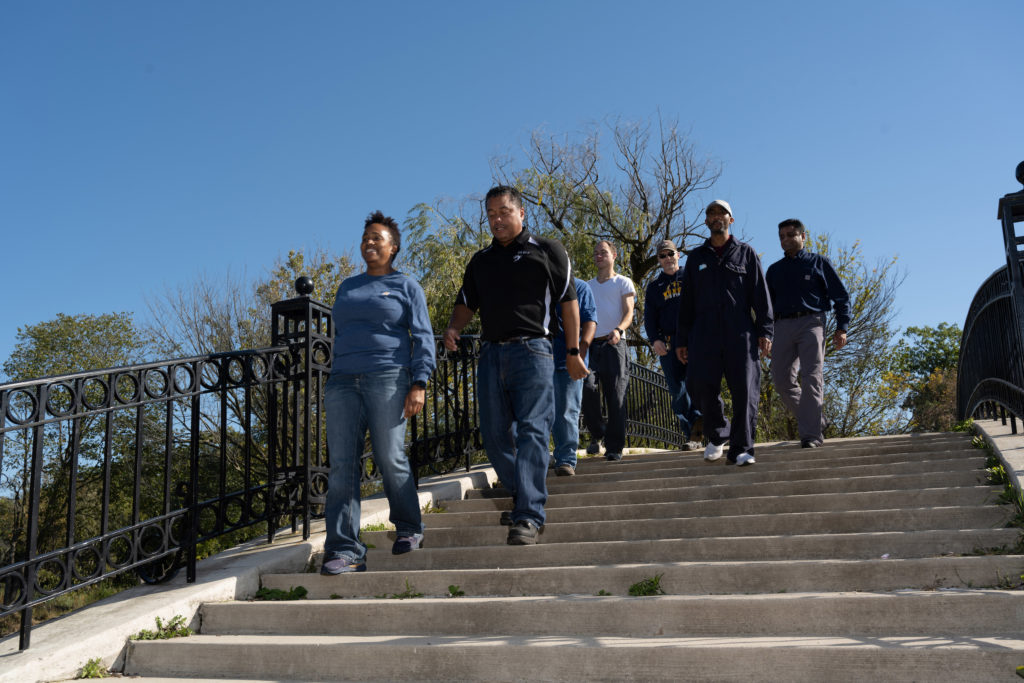
Training
In its commitment to transform the wellbeing climate, DTE’s Health & Wellbeing team developed a robust training program to align its more than 10,000 employees, as well as a dedicated and required training for leaders. Regular training sessions address a variety of topics including mental health, isolation and loneliness, inclusion, emotional wellbeing, nutrition, financial wellness, the importance of social connectivity and more.
The Strategy
DTE’s strategy focuses on five areas to evolve mindsets and behaviors:
- Power of strong leadership – Model, encourage, and reinforce desired behaviors.
- Power of knowledge – Educate employees as active leaders in their health.
- Power of support – Provide the right support to the right person at the right time.
- Power of environment – Make the healthy choice the easy choice.
- Power of engagement – Create opportunities to inspire engagement.
Meeting People Where They Are
In 2004, DTE introduced Energize Your Life (EYL), a program designed to deliver professional health and wellness programming to the DTE family. Beginning in 2016, a next-level effort began and grew from a grass roots effort to what it is today. The EYL team now consists of “multidisciplinary professionals in the health and wellbeing field,” said Personett. “We have athletic trainers, educators, exercise physiologists, registered dietitians, communications specialists, and public health professionals to support our employee’s wellbeing journey.”
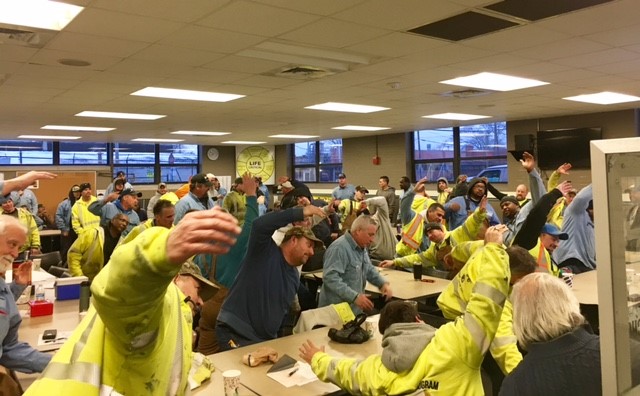
“Whether an employee tweaked their back while bowling over the weekend, or moving heavy pipes or wire at work, the athletic trainers are out in the field helping them mitigate those aches and pains so they can go home and do the things they love to do,” said Personett.
Wellbeing Champion Network
Passionate DTE employees are invited and/or apply to become wellbeing champions. A network of more than 200 wellbeing champions lead by example as they engage in health-focused activities. The network is diverse and consists of employees across many departments, locations, businesses so that every role is represented.
Dynamic Communication Strategy
Communicating effectively with over 10,000 union and non-union employees requires a dynamic strategy. “It is not a one-size-fits-all approach,” said Personett. “It’s multifaceted and it really does start with that leadership support and management alignment, which drives the communication.”
- Mandatory stand-up meetings ensure everyone is receiving important announcements.
- Required training helps employees understand why DTE is committed.
- Employee intranet, emails, and text messages promote upcoming webinars, speakers, and company updates.
- Quarterly magazines and direct mailings are sent to the home to ensure families are aware of available resources.
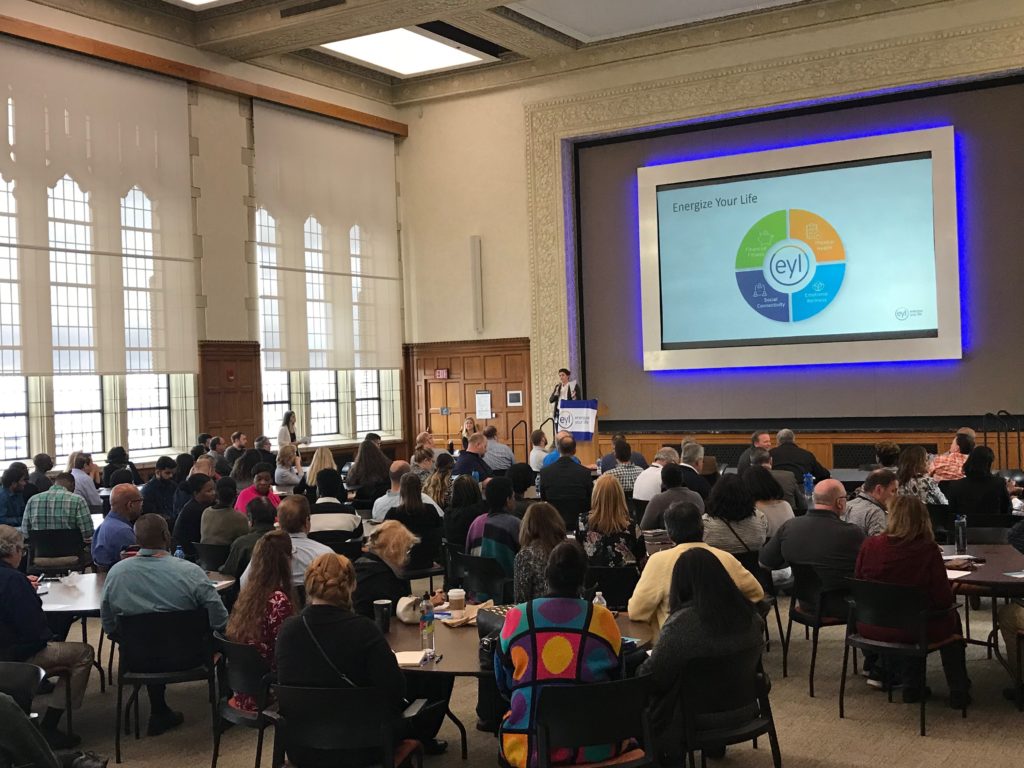
Taking Care
Introduced in 2021, the ‘Take Care’ campaign is a marketing effort to help employees understand the why behind DTE’s commitment. With every organization, health and wellbeing efforts do not exist without employee suspicions. Healthy employees are good for the company’s bottom line, but that’s not the real why.
“Supporting employee’s health and wellbeing is simply the right thing to do,” said Personett. “Just like when we embarked on our safety transformation, we didn’t do it because it’s good for the bottom line, we did it because it was the right thing to do.”
2022 and Beyond
In 2022, the team is continuing their multi-year strategy toward becoming a best-in-class culture of health and wellbeing. “We have very specific blocks of work sequenced to optimize our success,” said Personett. Included on the roadmap of planned work includes conducting a gap analysis of the company’s mental health and musculoskeletal resources to enhance and better package these tools for employees to utilize, and continue the efforts of providing best-in-class nutrition support, for example.
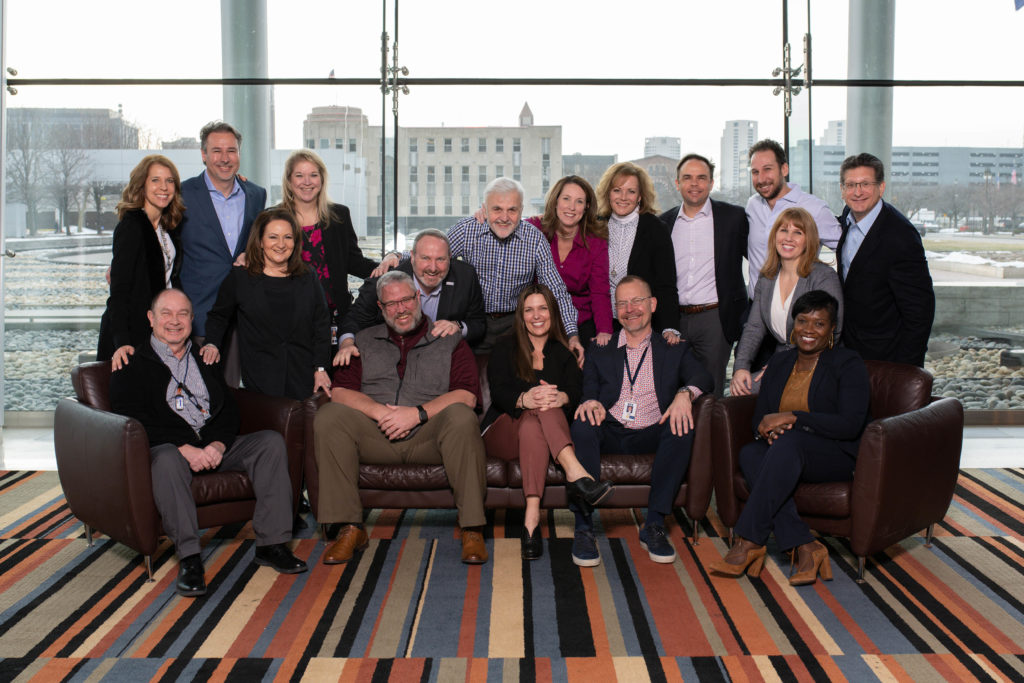
Advice for Peer Employers
There are so many ways to get started. Pinpointing exactly what role an employer should play in the personal health of employees may take some “mindset alignment” among leadership, shared Personett.
“Yes, health is personal, and what better reason to make sure we are being health supportive so that our employees can go home at the end of the day healthy, safe, and well, and full of energy. We spend a significant amount of time at work, that’s why caring enough to support employee’s health and wellbeing is a shared responsibility.”
Step one: Assess whether your culture is health and wellbeing supportive. Ask yourself, “What are our practices and policies, and do they encourage employee wellbeing?” This doesn’t require any money, just time to reflect.
Step two: Create a wellbeing champion network. Start with those that are passionate about total wellbeing to generate a grass roots effort.
Step three: Leverage community resources to assist in your organization’s commitment to creating a culture of wellbeing. Complimentary resources such as Henry Ford Health System, MI Blues Perspectives, and Wellness Works provide tools for employers on a weekly basis.
For more information on DTE’s commitment, visit their 2020 Culture of Health and Well-being Annual Report.